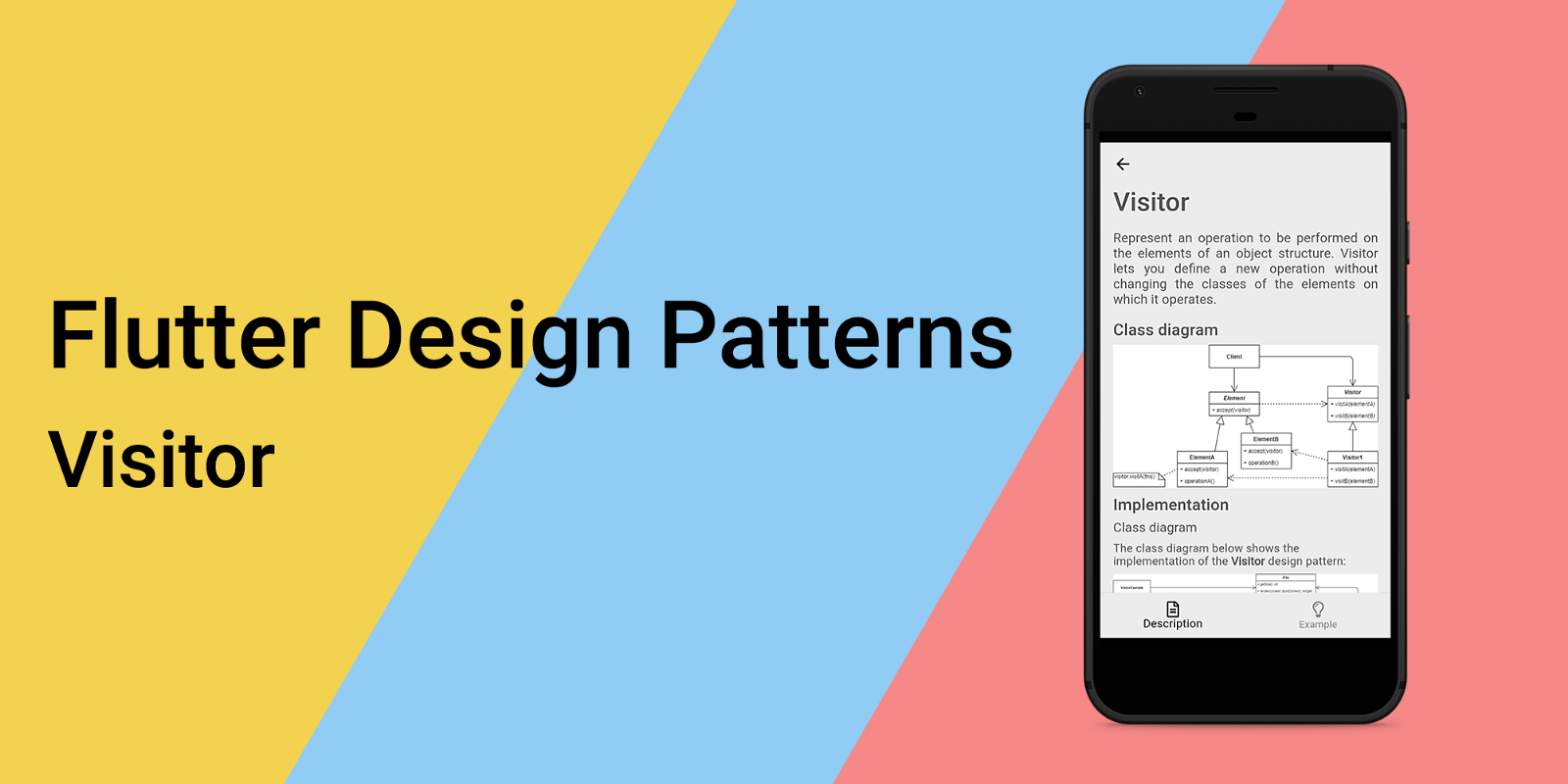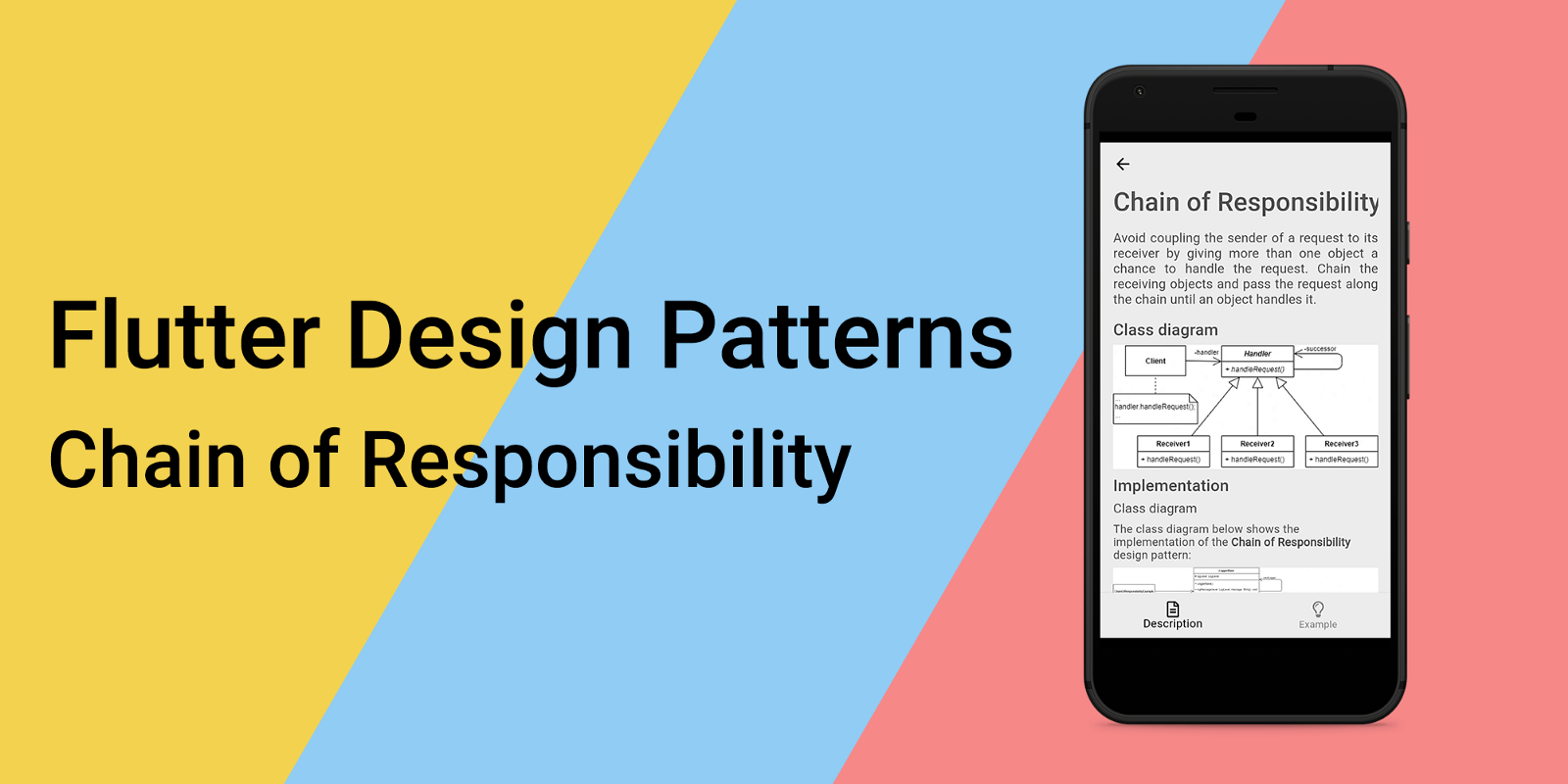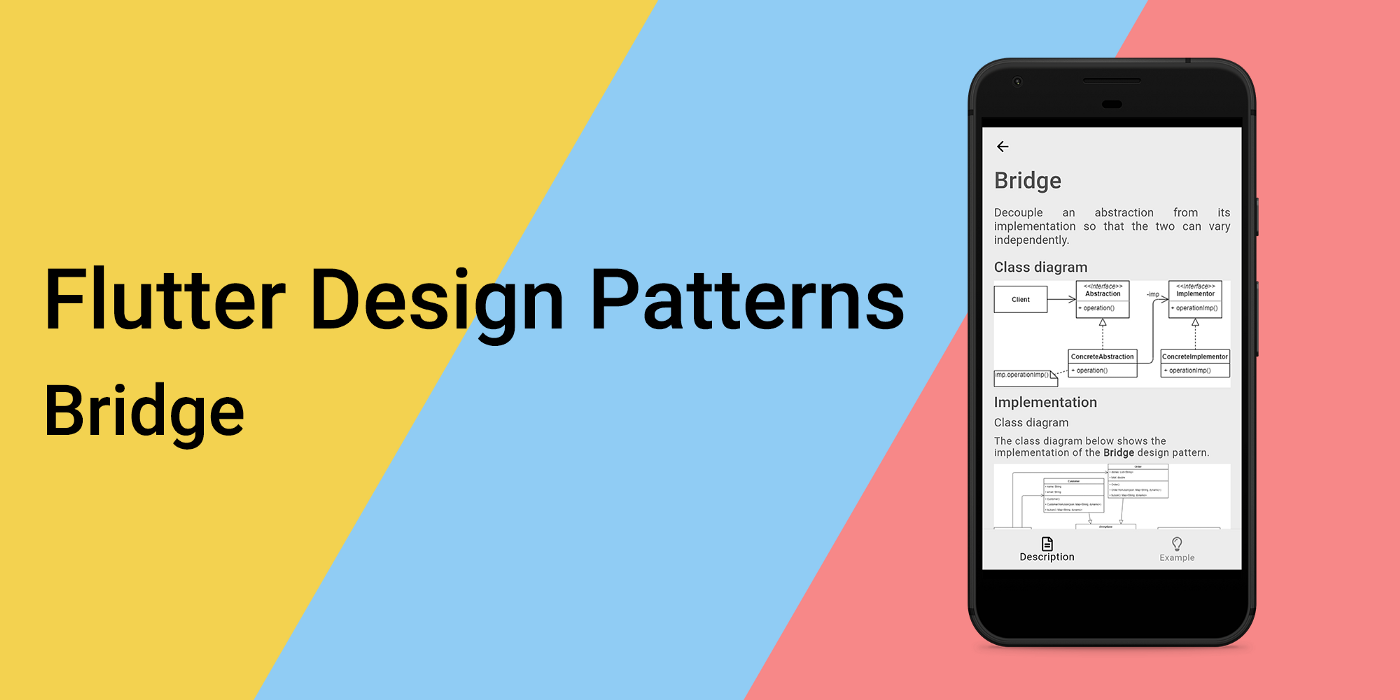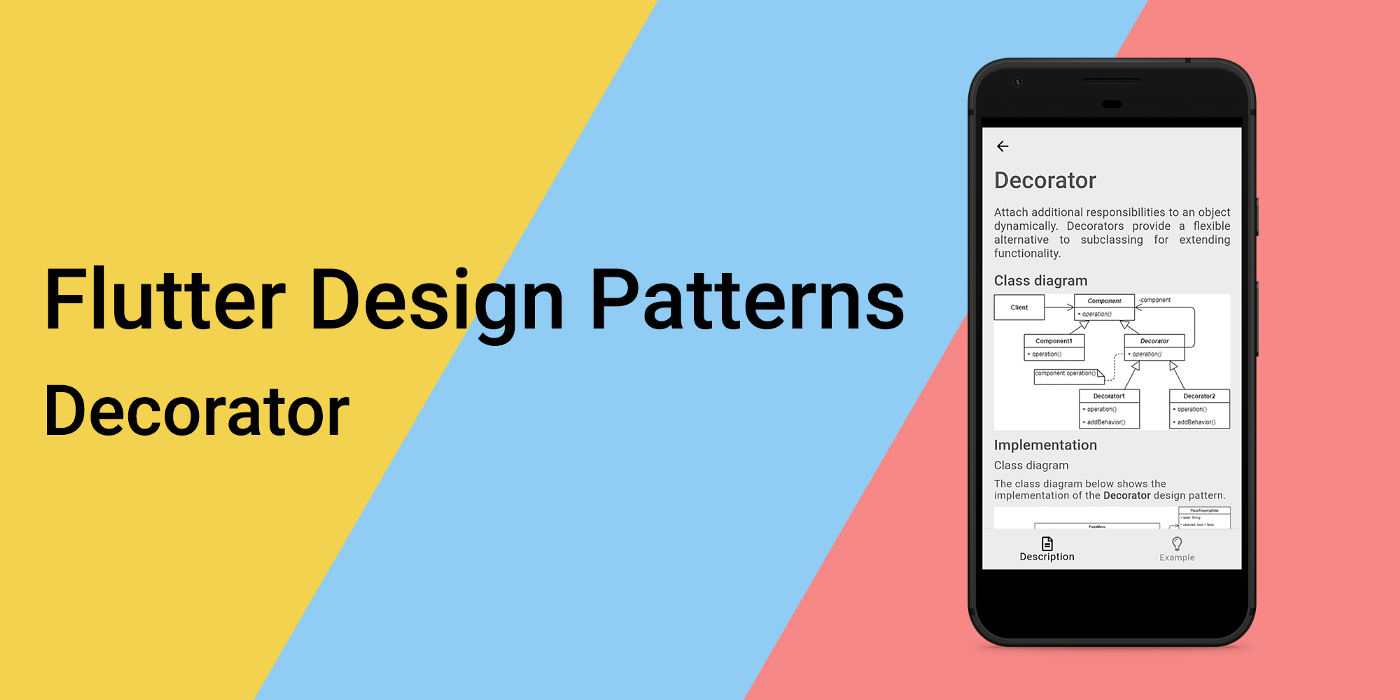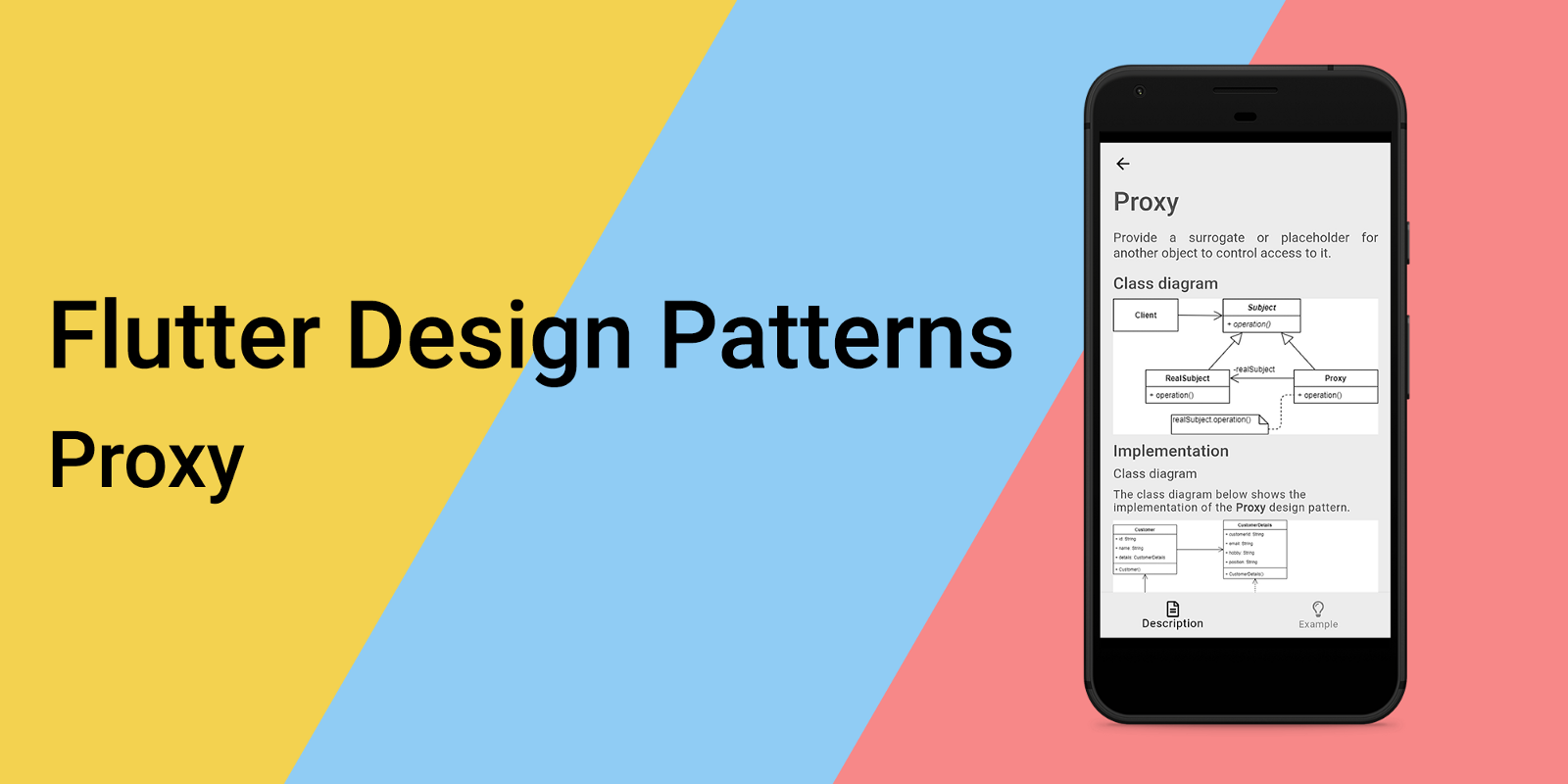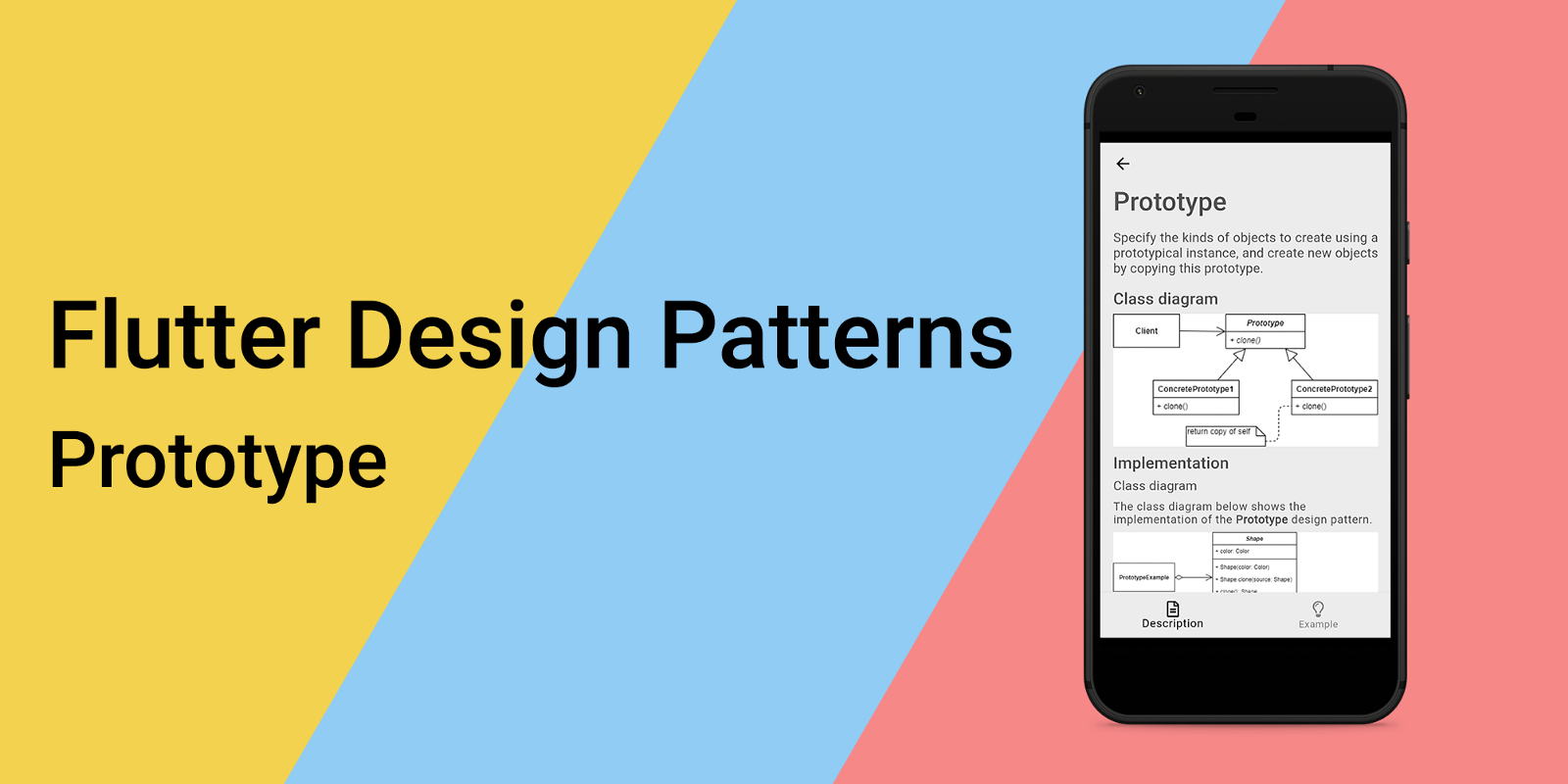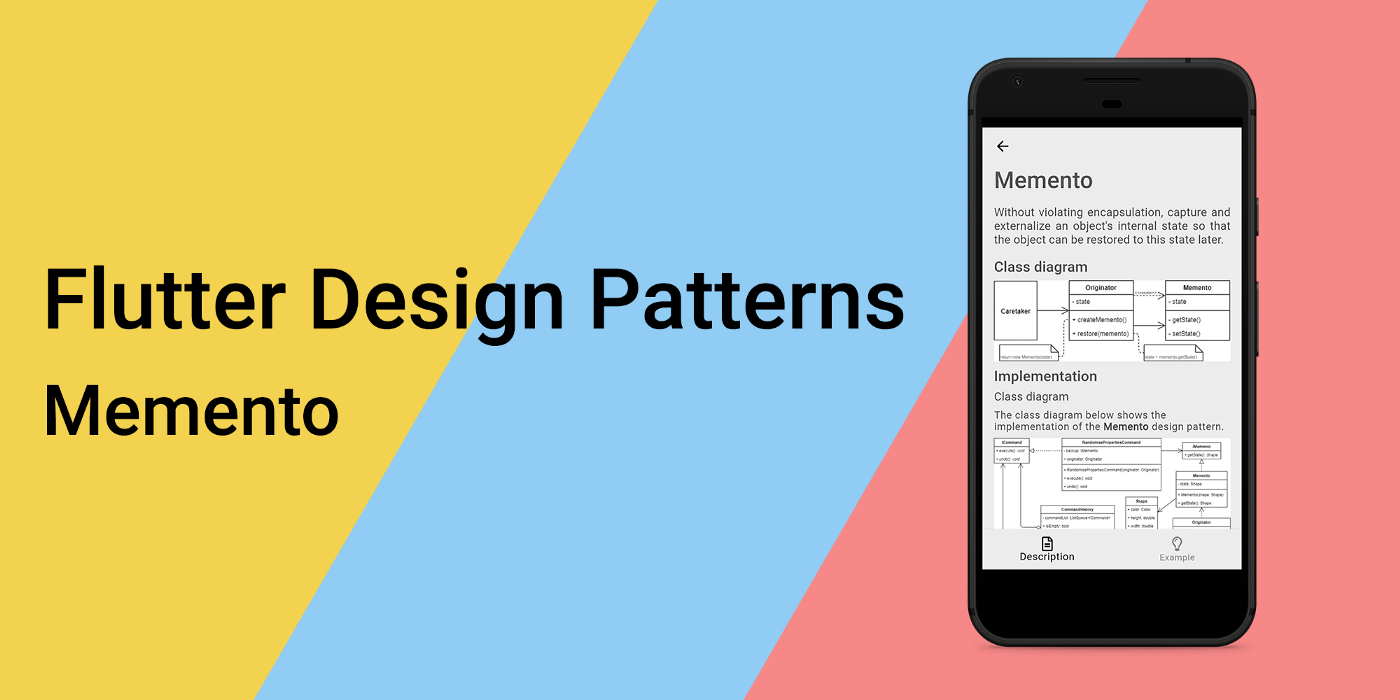An overview of the Mediator design pattern and its implementation in Dart and Flutter
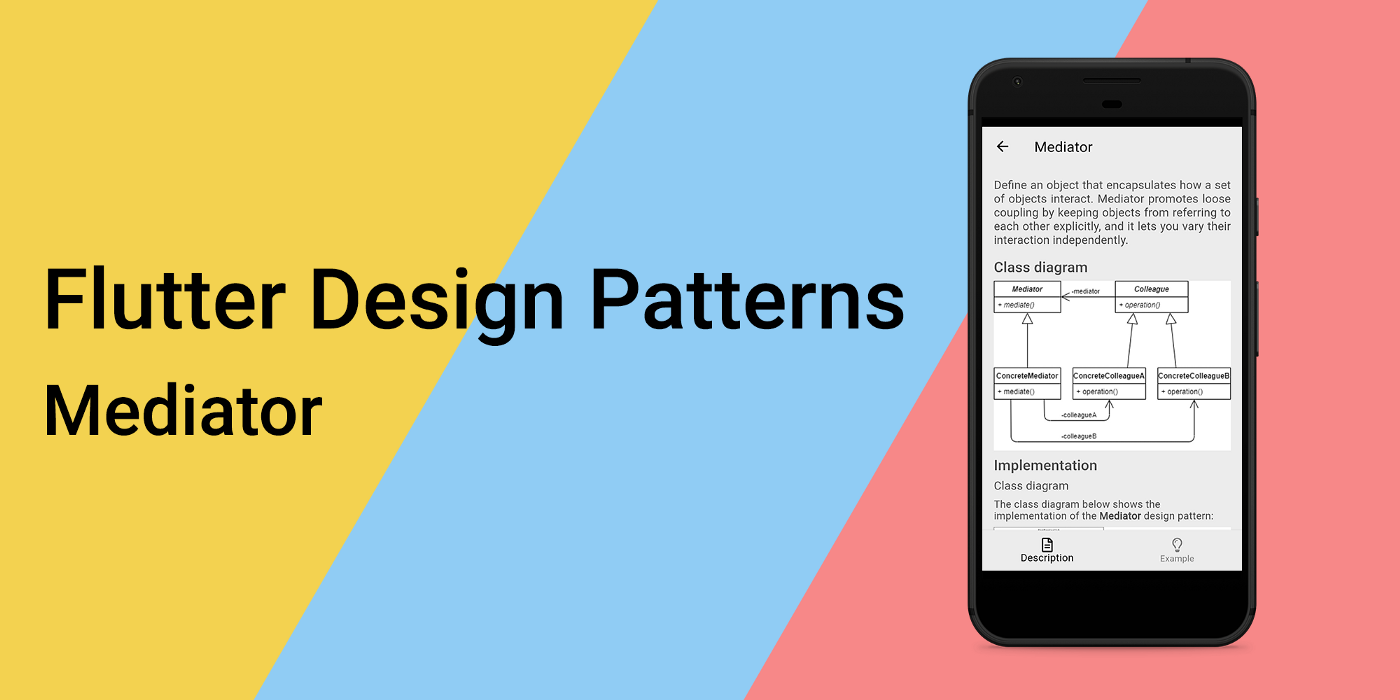
Previously in the series, I analysed a behavioural design pattern that separates algorithms from the objects they operate on - Visitor. This time I would like to represent one another behavioural design pattern that lets you reduce dependencies between a set of interacting objects by decoupling the interaction logic from the objects and moving it to a dedicated controller - it is the Mediator.

